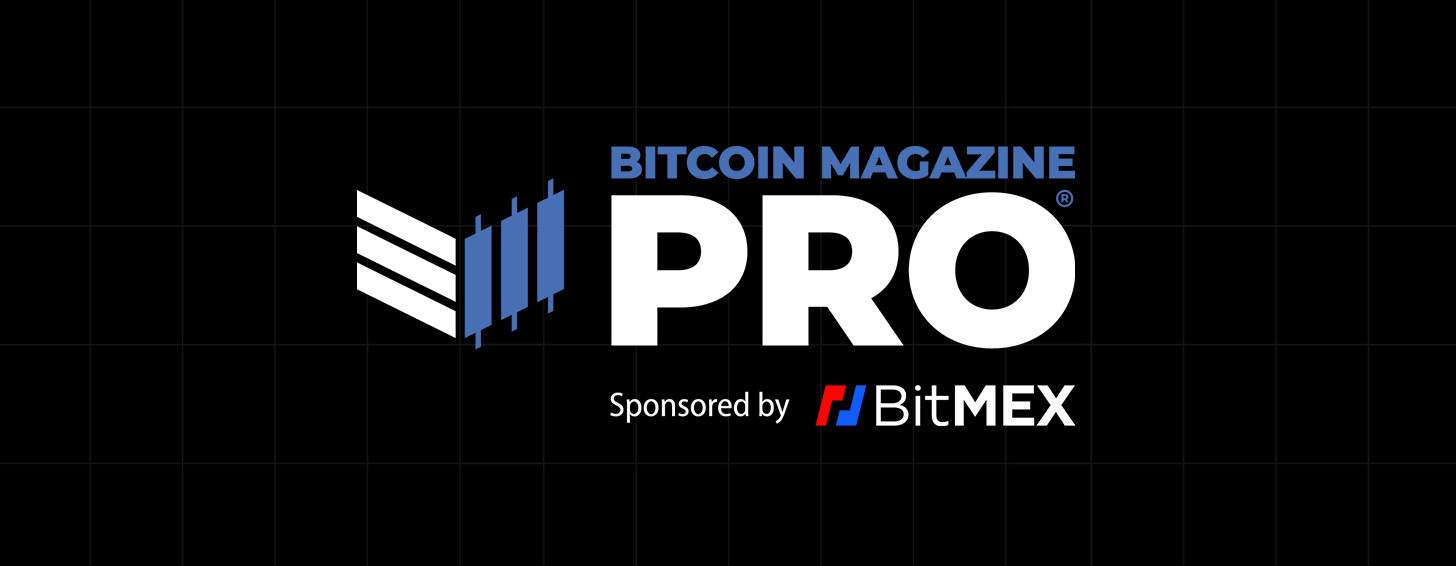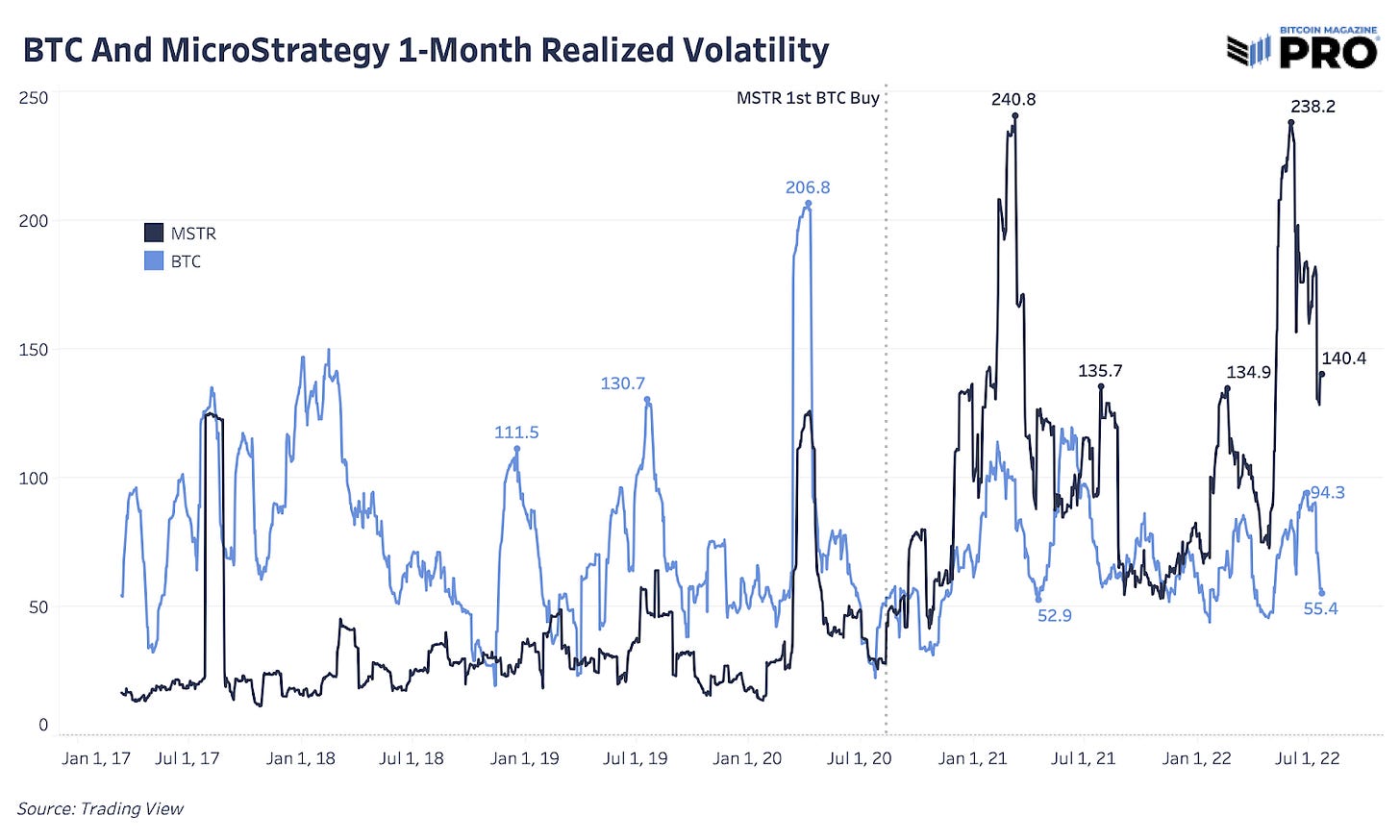Are Bitcoin Equities Outperforming Bitcoin?
Do equities with bitcoin exposure outperform bitcoin? Public miners have rebounded more than 90% from the lows while bitcoin is up only 31%.
Bitcoin Equity Indexes
Today’s issue is focused on publicly traded equities with bitcoin exposure. To track performance across the industry, we have combined various publicly traded equities to create a quasi-bitcoin-related equity index to benchmark performance. While the equity indices created are not a perfect measure of performance due to the ever-changing valuations of the companies as well as new entrants into the market (i.e., Coinbase IPO, Core Scientific SPAC merger, Block’s strategy to increasingly focus on Bitcoin), the indices do well to gauge the performance of the sector relative to the base asset (bitcoin) itself.
The last sentence is particularly crucial. Our long-term view is that the ultimate success in the broader bitcoin ecosystem is outperformance of bitcoin itself. While cyclicality and volatility (not only in exchange rates but also demand for the product/service) can certainly hinder relative performance over short periods, over the long term superior management teams/business models will likely find themselves outperforming bitcoin itself if they are doing something right.
A key detail to understand is that publicly traded companies are traded at a forward multiple of expected earnings, which can lead to market cap valuations that far exceed current book value. Similarly, with a particular focus on bitcoin-related companies, any debt on the balance sheet combined with dynamic earnings multiples (as mentioned above) leads to vast outperformance of bitcoin itself during bull market periods.
Index returns below start on August 14, 2020, just days after MicroStrategy’s first bitcoin purchase. We chose this specific date due to our belief that this served as the start of the bitcoin benchmarked corporate allocation strategy — a digital arms race if you will.
The non-miner equity index includes five public companies using market capitalization to weight the index. Block’s market capitalization and weight has been adjusted to reflect their Bitcoin gross profit as a percentage of total gross profit of only 3.33%. Depending on how you define it, there are not that many bitcoin-specific public companies and much less that have been publicly traded for more than two years. We’ve excluded Coinbase (COIN) from this first draft of the index based on their overwhelming market capitalization weight compared to the other companies (although we will evaluate the performance of COIN in isolation).
For the first draft of this miner equity index, we’ve included five of the largest public mining companies, excluding Core Scientific because of their later IPO date. In future iterations, we will be adding more miners and dynamic weighting to get a more accurate view of index performance. Luxor’s HI Crypto Mining Stock Index provides a more in-depth, holistic mining industry index view.
As shown by the graphics above, bitcoin mining equities exploded in value throughout the course of the 2020/2021 bull market, greatly outperforming bitcoin itself during the hash price bull market. We have written about these dynamics extensively in previous mining-focused issues:
June 29 Mining Hash Price Bear Market
May 24 Mining Equity Performance Cycle
April 25 State Of Bitcoin Mining
Don’t see the topic you’d like us to cover? Let us know in the comments section—we want to hear from you!
Along with the dynamics of hash price bull and bear markets, the implied volatility of a mining basket is far greater than just bitcoin itself (given the leveraged balance sheet and operations of mining-related equities).
This has resulted in the public miner basket rebounding more than 90% from the lows while bitcoin is only 31% above the local lows of $17,500.
Seeking Bitcoin-Denominated Returns
As mentioned earlier, bitcoin-focused investors should be looking for their equity to outperform bitcoin itself, and there are a variety of ways to accomplish this feat that are accompanied by an equal set of risk factors.
One way to achieve excess returns is to use leverage, with a baked-in assumption that bitcoin will appreciate over the course of the extended credit. This action subsequently increases the debtor’s exposure to bitcoin’s volatility.
One example of this would be Michael Saylor’s MicroStrategy. With fiat-denominated liabilities and bitcoin-denominated assets, MSTR has multiplied the volatility of bitcoin (to its ultimate benefit or demise). Shown below is the realized volatility of MicroStrategy and bitcoin over the previous five years, with the company’s first purchase of bitcoin in August 2020 labeled. As Saylor has continued to use dollar liabilities to acquire more bitcoin, the volatility of MSTR equity has continued to increase.
However, the best thing MicroStrategy has going for it is the term structure of liabilities, which are dated years into the future. This significantly decreases liquidation risk, whereas similar leverage in a mark-to-market derivative product such as a perpetual swap contract could result in immediate liquidation.
As mentioned previously, equity outperformance for MSTR (or imitators of the leveraged bitcoin strategy) are depending on an eventual appreciation of bitcoin above acquisition price to realize profit in bitcoin terms.
Valuation Frameworks for Bitcoin- Denominated Returns
The ultimate framework for evaluating public bitcoin/crypto companies is evaluating their market capitalization. As mentioned previously, we excluded Coinbase from the non-miner equities index due to its large weighting and IPO occurring in the spring of 2021 (later issues of the equity index will have dynamic weightings that including COIN). Instead, we will evaluate the market capitalization of COIN in bitcoin terms, which we find to hold much more meaningful signals than dollars for bitcoin-/crypto- related companies.


While we do not see any screaming bargains for bitcoin companies in the publicly traded equity markets at the moment, the framework of using bitcoin-denominated market capitalization for valuation calculations should be the standard for investors seeking an ROI in bitcoin terms.
Final Note (for active capital managers)
For more active capital managers, specifically those with long/short books, the historical and implied volatility of bitcoin-related equities gives investors an opportunity to amplify or hedge their exposure to bitcoin, especially in the depths of bear markets. As covered earlier this week in Caution: Bear Market Rallies, volatility is rampant during bear markets for both equities and bitcoin alike —, not only to the downside but to the upside as well. Bitcoin-related equities can serve as vehicles for significant outperformance in the short term during upside moves as well as serving the purpose of a downside hedge during moves lower with short bets/puts.
Thank you for reading Bitcoin Magazine Pro, we sincerely appreciate your support! If you found this article useful, please leave a like and let us know your thoughts in the comments section.
Today’s article is publicly available, so feel free to share it far and wide!
















Articles relating to the fundamental health, adoption, usage, and growth of the underlying bitcoin market are always of interest.
What topic are you most interested in reading about in the context of Bitcoin? Bitcoin entrepreneurs and what they're building!